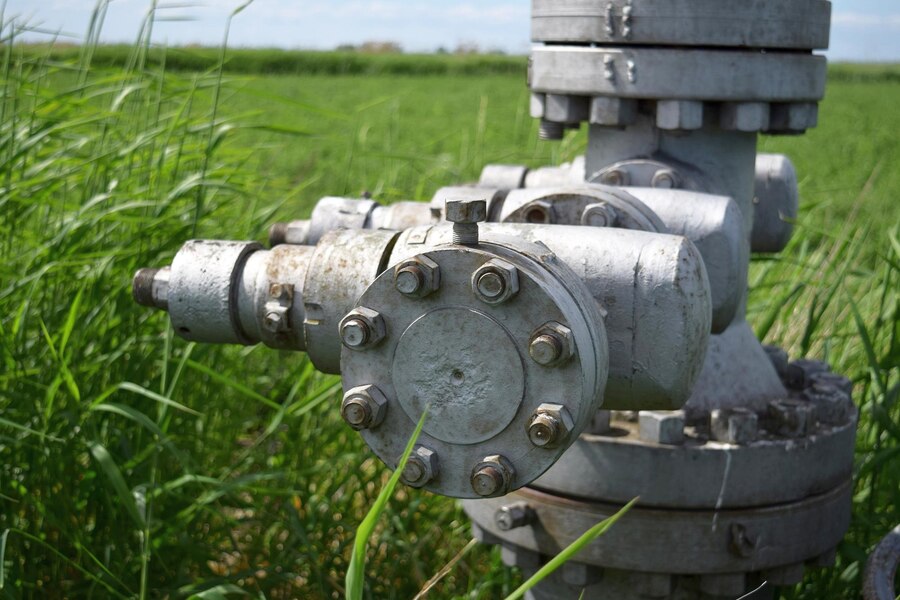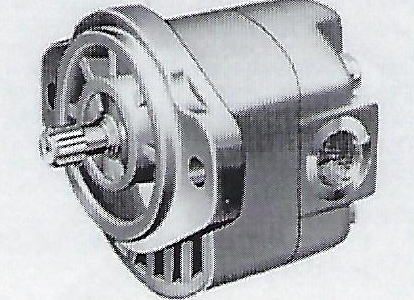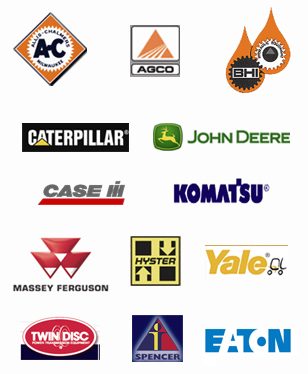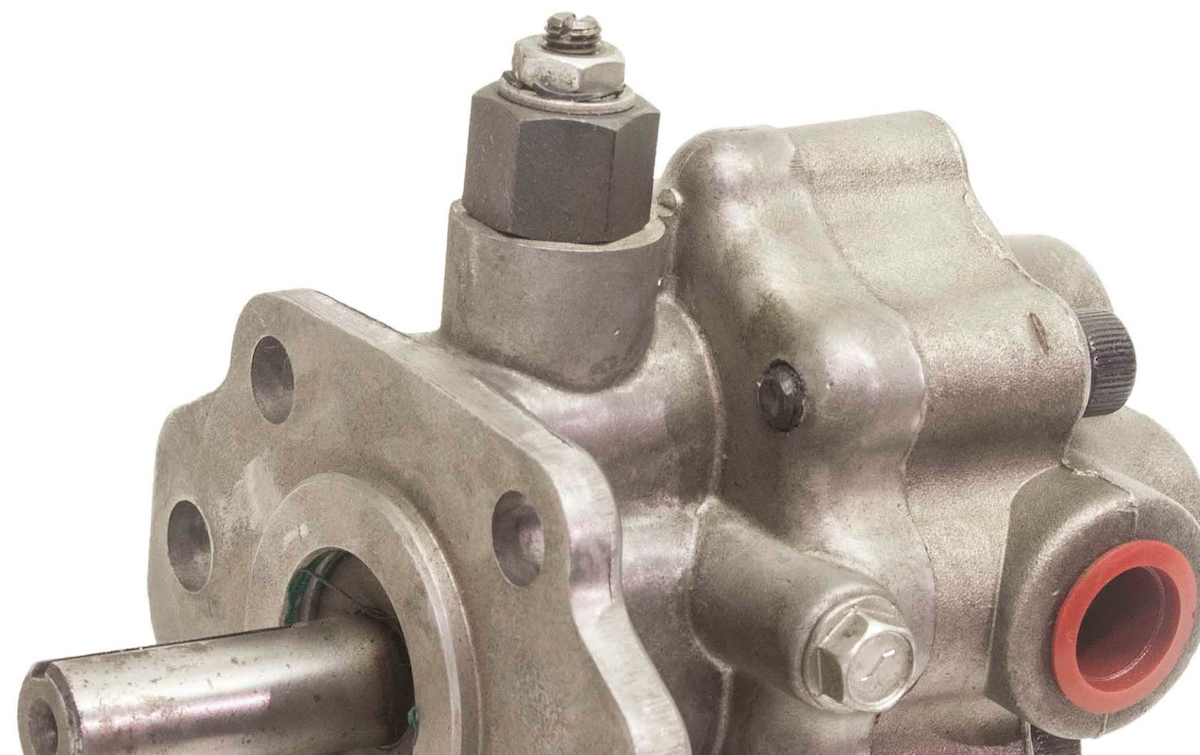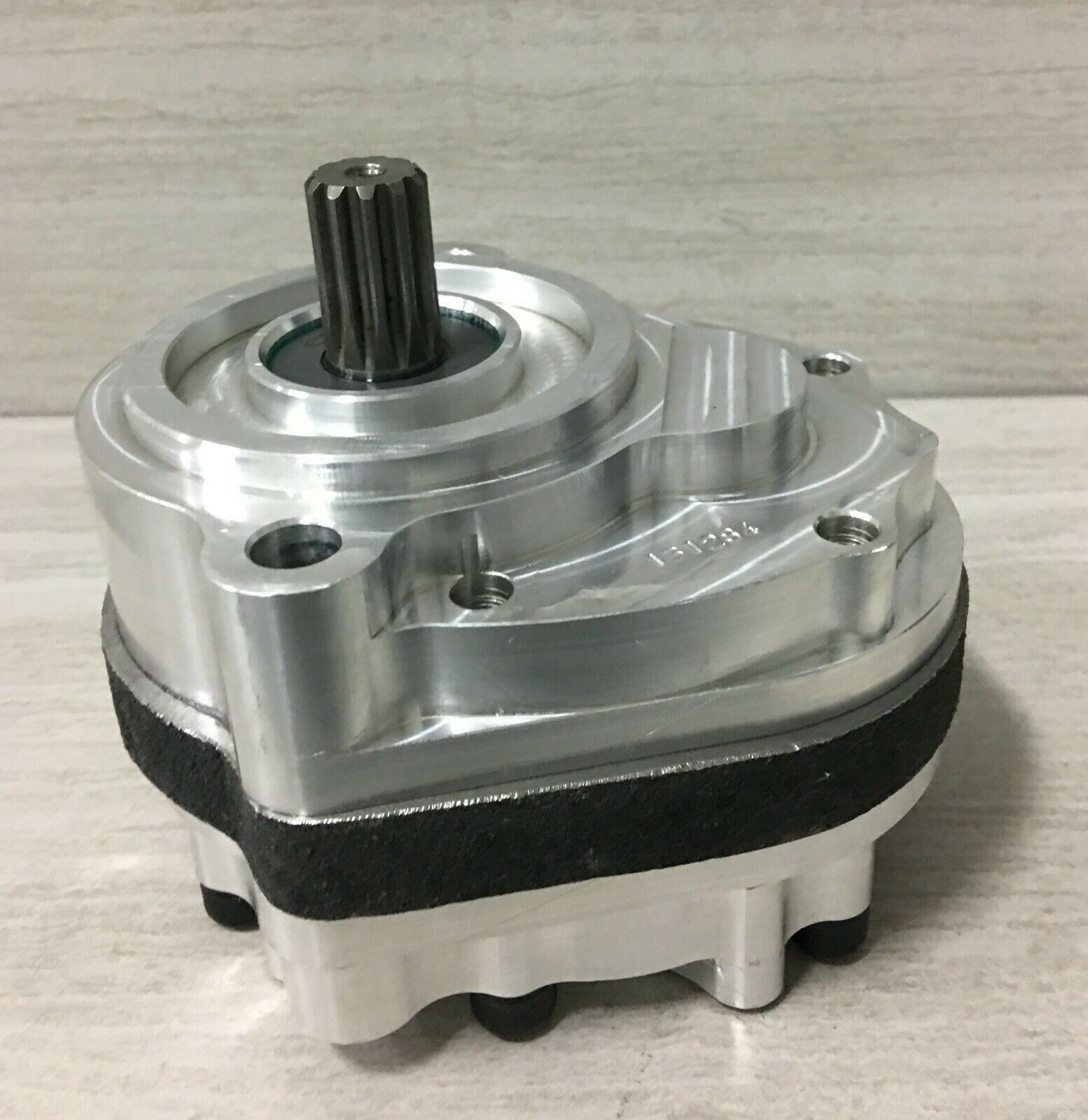
Cessna hydraulic pumps are known for their reliability and superior performance. There are three types of Cessna pumps – gear pumps, piston pumps, and vane pumps. Gear pumps utilize meshing gears, whereas Cessna piston pumps use a series of pistons to pump hydraulic fluid. Vane pumps use a rotating vane (located inside a cavity) to move hydraulic fluid. They produce less noise and handle low-viscosity fluids better.
Over the years, many Cessna parts have been redesigned or replaced. If you own an old Cessna and are having trouble identifying the Cessna hydraulic pump model that powers it, you have come to the right place. Here are some ways to find out the model of your Cessna hydraulic pump.
Locate and Read the Identification Plate
Every Cessna hydraulic pump has an identification plate that contains important information about it, including the model number, a unique serial number (read the serial number of your hydraulic pump to find out its manufacturing date and batch number), and sometimes operational specifications. This information can be used to track the pump’s service history.
Check the Model Number
Every Cessna hydraulic pump is assigned a unique model number according to its capabilities and suitable applications. The model number of your pump can tell you about its flow rate, pressure capacity, and whether it is designed for a light recreational aircraft or a heavier commercial airplane.
Refer to the Manual
Your hydraulic pump owner’s manual contains important information such as pump specifications, usage guidelines, and maintenance recommendations, which can help you assess the pump’s suitability for a specific application.
Examine Physical Characteristics
Cessna hydraulic pumps come in a variety of shapes and sizes. The configuration of ports and connectors of a pump can be very different from that of other models. Smaller pumps are usually designed for single-engine aircrafts. They are less complex than the ones used in larger twin-engine aircrafts. If the identification plate is missing or illegible, observe these physical characteristics to determine the model and type of your hydraulic pump.
Seek Professional Help or Check Online Databases
Contact Cessna’s technical support team or consult a trusted distributor. You can also check an online database or catalog. All you need to do is enter your pump’s serial number to get important information about it. Alternatively, you can refer to online documents (especially if some of your pump’s features are distinctive to it) to learn more about your pump.
Hydraulic.net offers a full range of hydraulic pumps from leading manufacturers, including Cessna, Rexroth, and Dowty. Our products are designed to work in testing operating conditions. To place your order, call (630) 543-7630.


